Color psychology for the child’s room.
Find out how colors can influence the child’s behavior.
When we decorate a room, we choose the colors according to our preferences. Often it is fine, but choosing colors in interior design is not such a simple job. Each color has different effects on the human body and mind and it is important to consider this aspect, especially when the subject of interior design is the child’s room.
Find out how colors influence the development and behavior of the child and choose the right color for his room.
Warm colors

The warm colors usually stimulate the mind and energize the body. With their help, large spaces become warm and welcoming. However, they are not particularly relaxing, so they are not recommended to be used in very energetic children’s rooms.
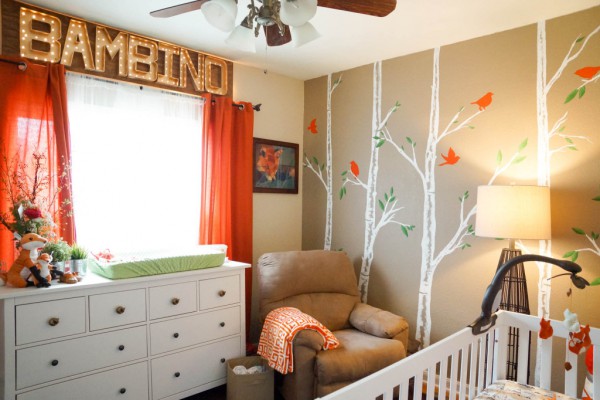

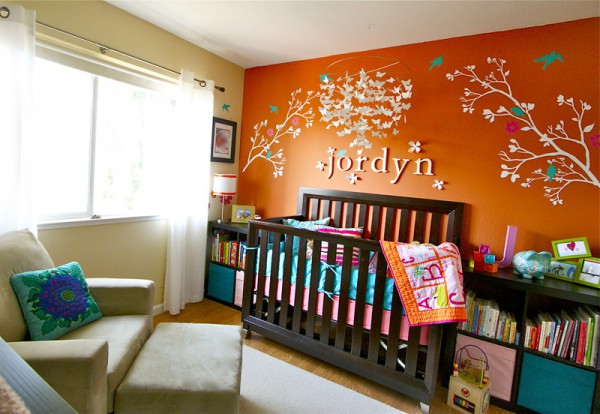

Warm, comforting and comfortable, orange is a color that stimulates and inspires interaction and social communication. However, too much orange, especially if it is a strong shade, it can be super syllable.
YELLOW
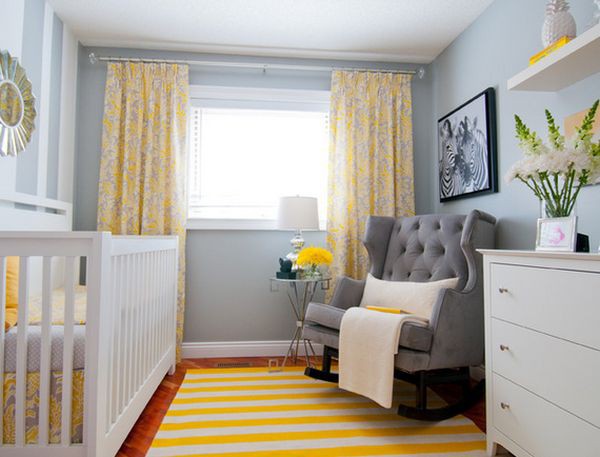

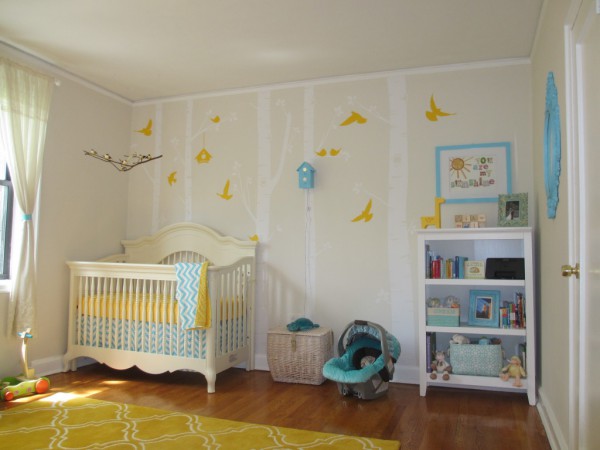

Yellow is a cheerful and energetic color that gives the room a sunny and shining appearance. It is a color associated with happiness. Depending on the shade and intensity, subtle yellow stimulates concentration while bright shades can stimulate memory.
RED
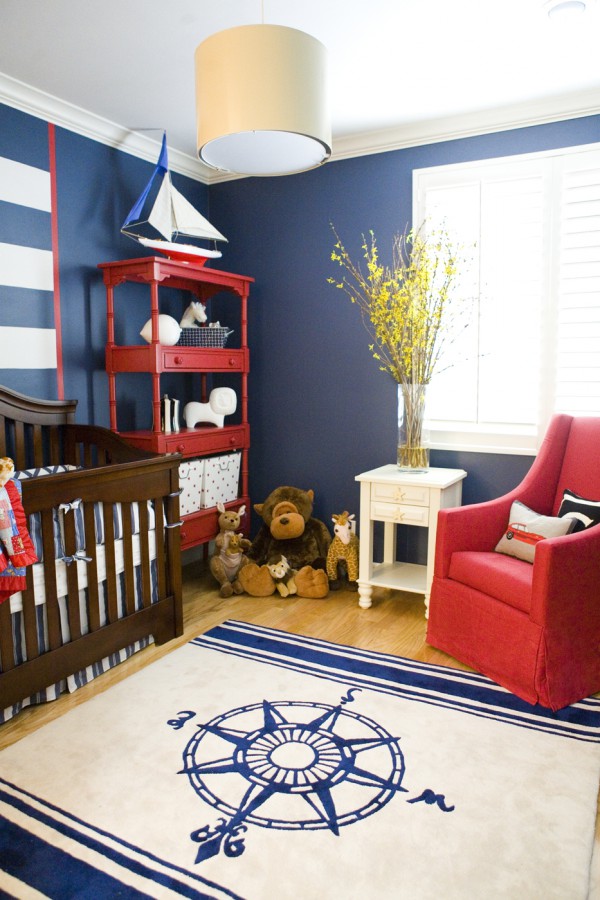

Red is one of the colors that are not recommended for the child’s room, the color associated with aggression, the inability to concentrate and the cause of the headache. Of course, this happens if only if used in excess. If used correctly, red can actually have good effects, such as energizing the body and increasing athletic ability.
Roz
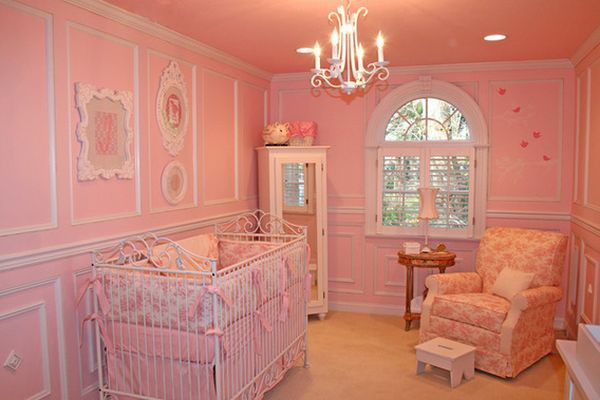

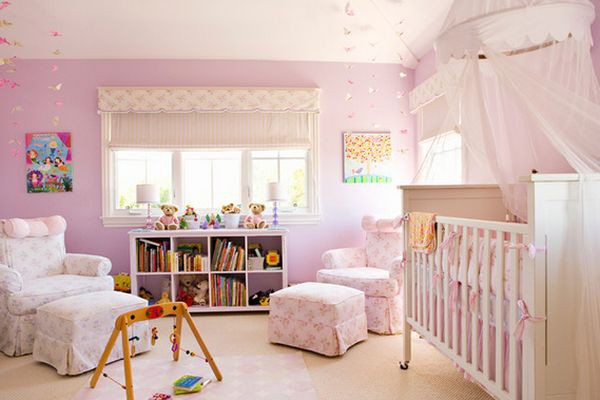

This is the universal color associated with things of girls and princesses and is not a coincidence. Rosa is a calming and relaxing color, it evokes femininity and empathy. Initially, it has a calming effect, but can lead to agitation and anxiety, therefore not to use only in the rose inner postponement.
Cold colors
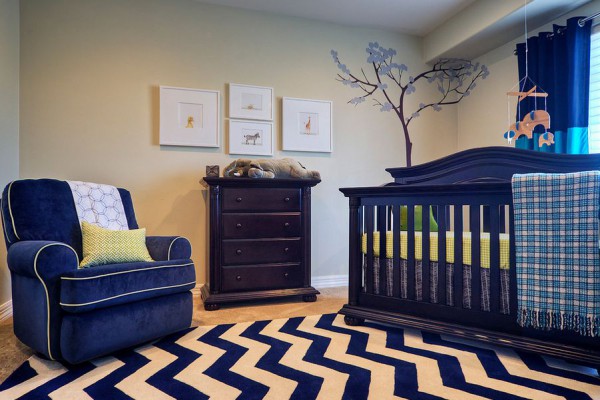

Compared to warm colors, cold tones usually have a calming effect on the body and mind. They are used in interior design because they create spatiality and comfort. However, dark shades should be used in moderation, in the interior design to avoid creating a desolate atmosphere.
BLUE
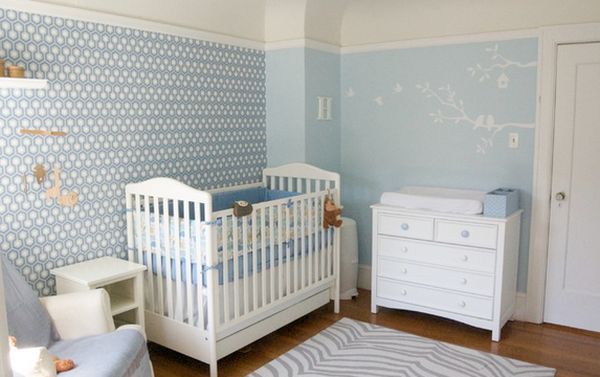

Blue is the opposite of red. It has a calming effect, reduces blood pressure and reduces anxiety and aggression. Blue is also a good color choice if you want to create a cold environment in a warm and humid place. However, some specific shades, such as gray blue, can create a sad environment.
Green
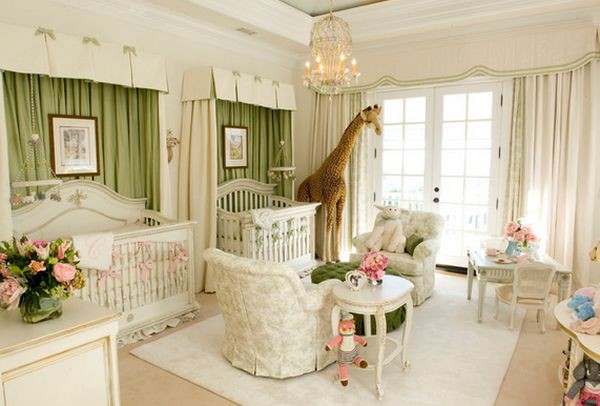

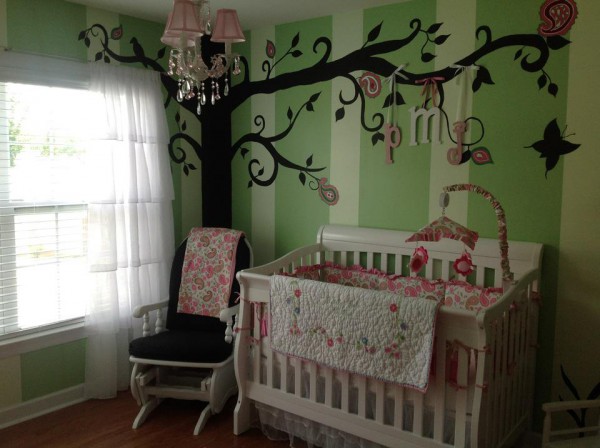

Green is associated with nature and symbolizes health and well -being. It has a calming effect on the body, increases concentration and some studies show that it can also increase the reading capacity. These characteristics make the green the color optimal to use the internal index for study environments.
Moon
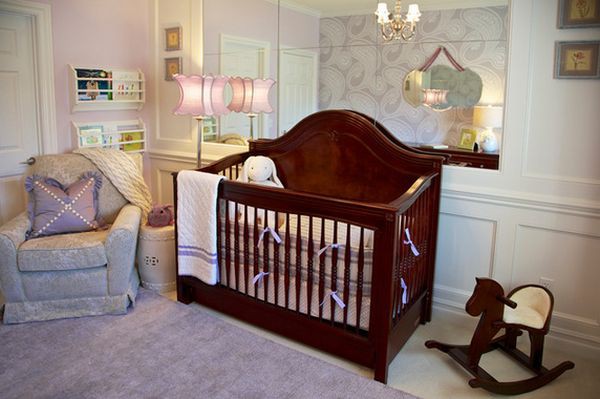

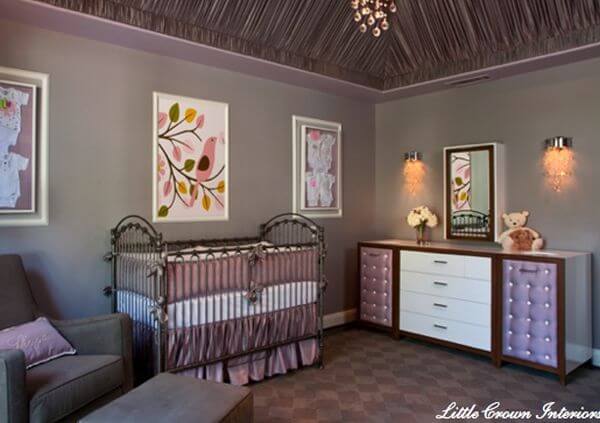

The color is associated with royalty and luxury, but also to wisdom and spirituality. The pastel shades, like Lilaul and Lavanda, are calming and serene. At the same time, the darker shades can be hard and aggressive.
Shirt
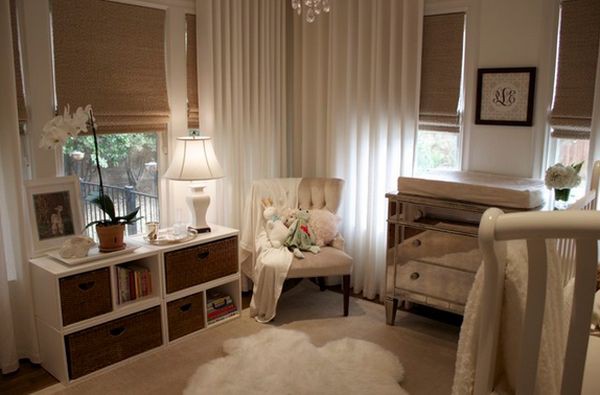

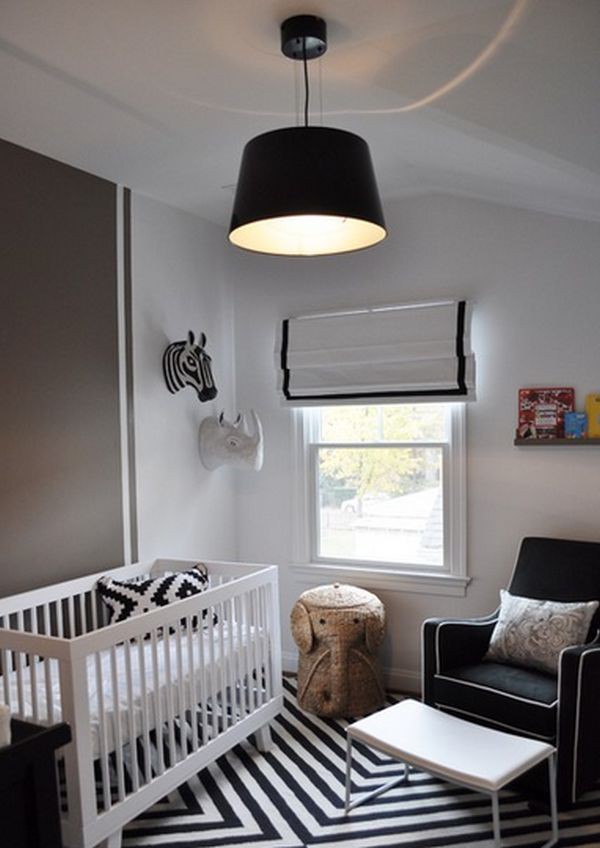

Angelic and pure, white is associated with innocence and promotes a calm and fresh atmosphere. White is also associated with Secremania, modernity, so it is better to add a color stain to evoke the opening, communication.
Grille
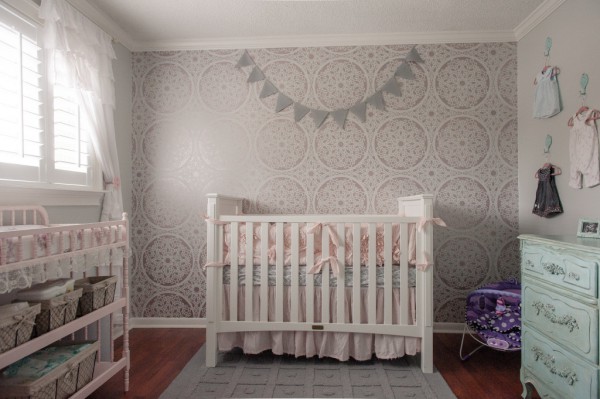

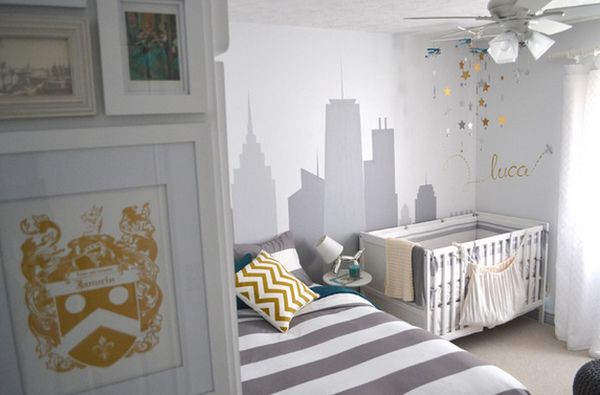

Although gray is perceived as a dark, sad and cloudy color, it evokes other emotions. For example, Gray inspires contemplation and therefore has a calming and relaxing effect. However, mainly promotes loneliness, therefore it is preferable to be used in combination with warm tones and bright colors in the interior design.
BLACK
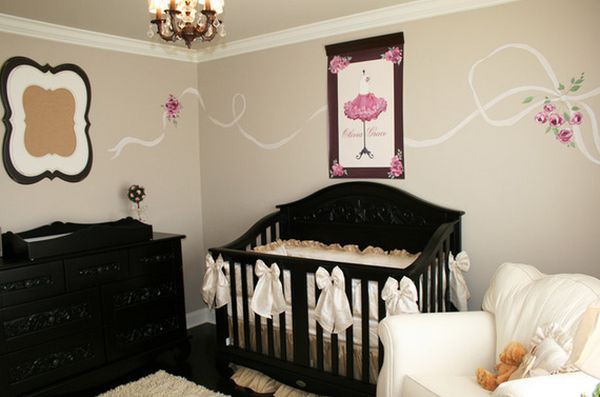

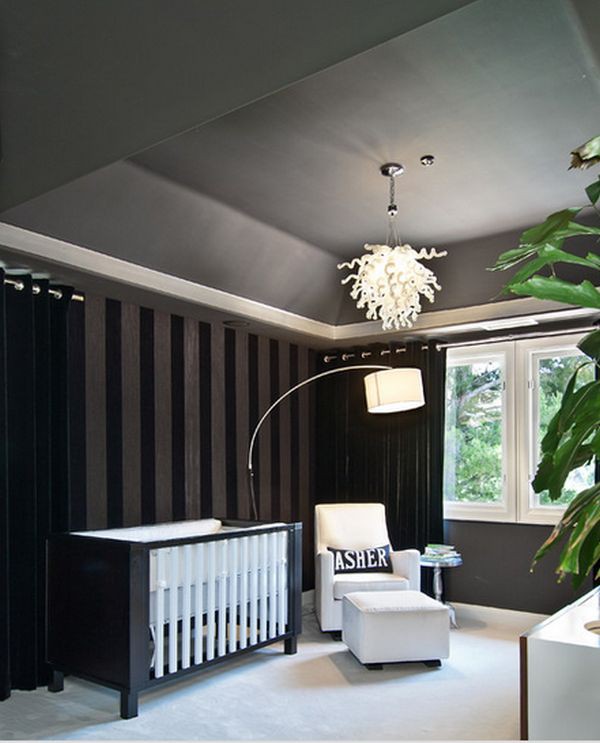

The black elements are rarely used in the interior design of the children’s rooms. It is a strong and dark color that must be used in moderation in internal refreshing. It is recommended to use if the room has large windows, a lot of natural light and it is recommended to use in combination with contrasting shades.
Many
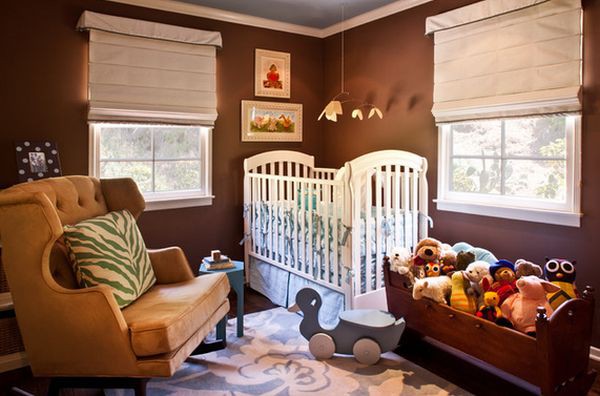

Terra, warm and stable, brown is an extraordinary color for the internal postponement of a children’s room. However, try using dark brown or beige to avoid creating an unpleasant decoration due to associations with bad and dirty things.
